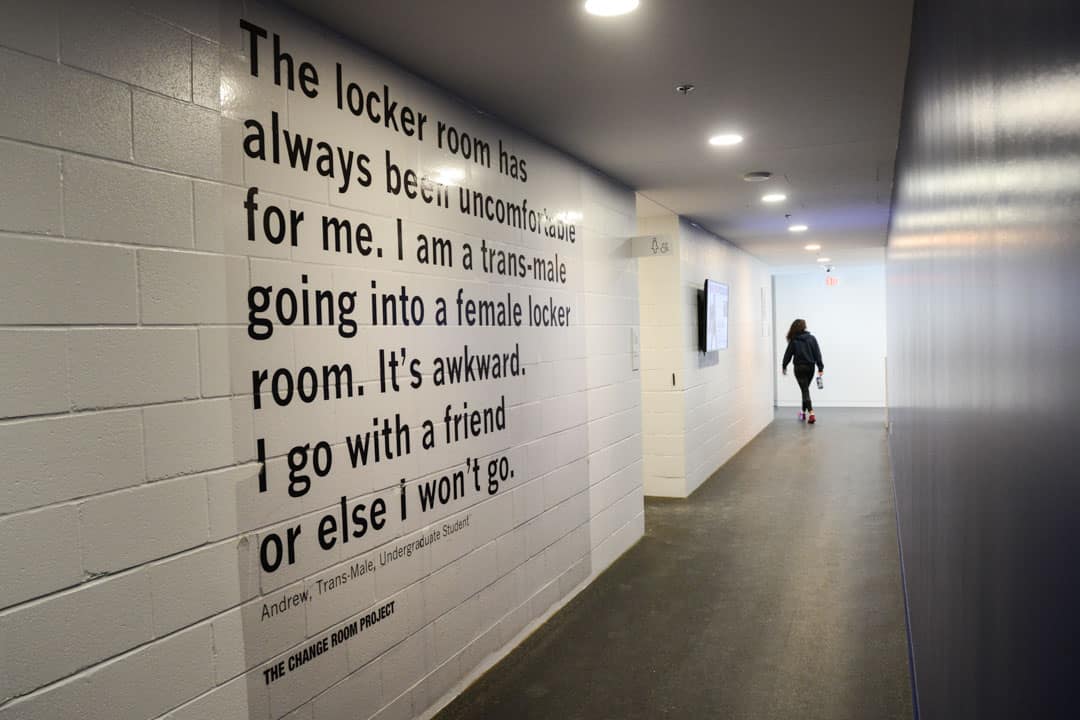Growing up, sports always made me feel at home — my teams became my family. I thought sports made others feel the same way until high school, when there was outrage when an openly gay male student wanted to join the cheerleading team. There were no gender restriction rules, but the girls on the team were still mad. Their main concern was where he would change.
He eventually ended up on the team. The LGBTQ+ community has experienced extensive abuse and harassment when it comes to sports. There have been recent breakthroughs, including the 2014 NFL drafting of openly gay player Michael Sam and the International Olympic Committee’s 2016 decision to change its policy and become more inclusive to transgender individuals. Though the international sporting community is becoming more aware, there is still more to be done in the progression of LGBTQ+ inclusivity in the sporting community.
At the University of Toronto, one of the most visible campaigns is the Change Room Project, a joint initiative with the PanAm Pride leadership group and spearheaded Caroline Fusco, an associate professor in the faculty of kinesiology and physical education at U of T. The project involves displaying comments or stories, written by LGBTQ+ students, around and outside the change rooms at the Goldring Athletic Centre. All the statements reflect on individuals’ experiences in the locker room, shedding light on the troubles that they have faced and continue to face.
The project “places the words of LGBTQ students in the very spaces where they are underrepresented,” reads a brochure. It seeks to build awareness of and investigate how social and physical experiences of LGBTQ+ people in athletic facilities impact their participation levels, giving a platform to marginalized people who would otherwise feel uncomfortable or fearful entering or using the facilities.
One of the more publicized comments was made by Luca Nagy, a lesbian student with more masculine features. In her statement, she explains the harassment she has endured, including unwanted stares and people telling her she doesn’t belong in the women’s locker room.
Recently, the university stated that it is “committed to equity and wellness” and acknowledged that “there is still much work to be done when it comes to creating safe, inclusive locker room spaces.”
Editor’s Note (March 23): This article has been updated to reflect that the Change Room Project was spearheaded by Caroline Fusco.


